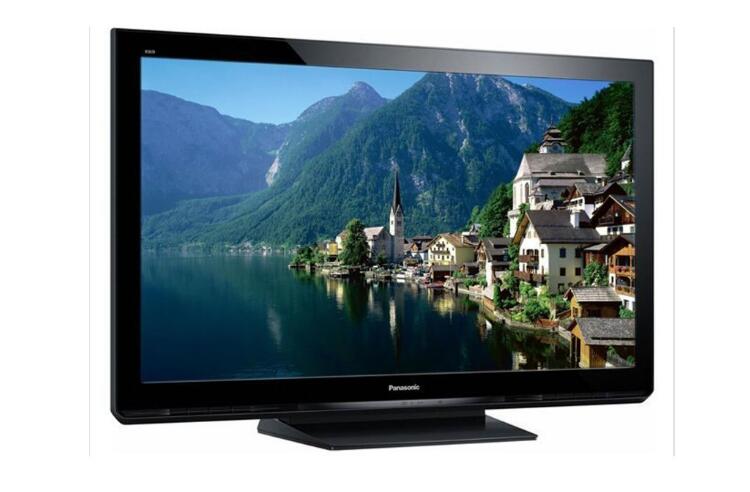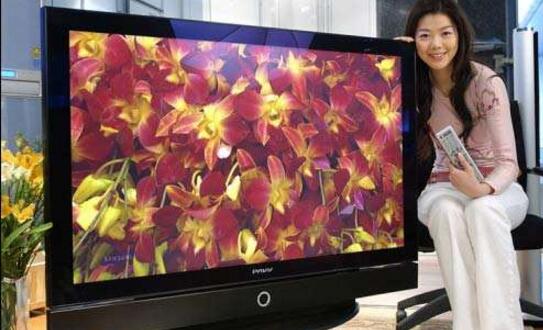I understand the principle and maintenance of plasma TV
**Plasma TV Concept**
The full name of a plasma TV is Plasma Display Panel, commonly referred to as a plasma TV in Chinese. It works by injecting a mixture of gases between two thin glass panels and applying voltage to cause the phosphor to light up. Compared to CRT displays, plasma TVs offer higher resolution, larger screen sizes, ultra-thin designs, vibrant colors, and richer visuals. In comparison to LCDs, they provide brighter images, better contrast, wider viewing angles, and more vivid color reproduction.
Plasma display technology comes in two main types: DC-type PDP, where electrodes are directly in contact with the gas, and AC-type PDP, where electrodes are covered by a dielectric layer. There are three primary types of color PDPs: single-substrate (surface discharge) AC PDP, dual (counter-discharge) AC PDP, and pulse storage DC PDP.

**How Plasma TVs Work**
A plasma display panel uses gas discharge to produce images. The screen consists of many small plasma tubes that act as individual pixels. Each pixel contains three colored lights—red, green, and blue. By combining these, the TV creates a wide range of colors and brightness levels, similar to how CRTs work.
Inside each plasma tube is a plasma, which is a gas made up of ions (positively charged atoms) and free electrons (negatively charged particles). Normally, gas molecules have an equal number of protons and electrons, making them neutral. However, when a high voltage is applied, electrons are forced into the gas, creating an imbalance. This causes some atoms to become positively charged, forming ions.
When current flows through the plasma, the positive and negative charges move toward each other, colliding and exciting the gas atoms. These collisions generate light, much like in fluorescent lamps. The gas inside each plasma tube typically contains helium and neon, which emit ultraviolet light when excited. Although this light is invisible to the human eye, it activates the phosphor coating on the panel, producing visible light that forms the image on the screen.

**Plasma Screen Display Principle**
The working principle of a plasma screen is similar to that of a fluorescent lamp. Each plasma tube acts as a basic pixel, and the entire screen is built using glass substrates separated by a certain distance and sealed together. When a voltage is applied, the gas inside the discharge chamber (usually a mix of krypton and neon) produces a plasma discharge, emitting ultraviolet light. This light then excites the phosphor coating, resulting in visible light and image formation.
Several key components make a plasma TV function:
- **Power Board**: Supplies power to the screen, motherboard, and other internal boards.
- **X Driver Board**: Generates and delivers driving signals to the X electrode based on timing signals from the logic board.
- **Y Driver Board**: Provides driving signals to the Y electrode according to timing signals from the logic board.
- **Logic Board**: Processes incoming video signals and generates addressing drive signals for the X, Y driver boards, and address boards.
- **Logic BUFFER Board (E, F, G)**: Converts data and control signals from the logic board into signals compatible with COF.
- **YBUFFER Board (Upper and Lower)**: Transmits the scanning signal from the Y driver board to the screen, divided into upper and lower sections.
- **COF (Chip on Film)**: Converts signals from the logic buffer board into address signals used by the screen.
- **FPC (Flexible Printed Circuit)**: Connects the scan signal from the Y-buffer board to the Y-scan electrode on the screen.
This complex system allows plasma TVs to deliver high-quality images with excellent color accuracy and contrast, making them a popular choice for large-screen displays in the past.
A 3D printer is a device that can "print" real 3D objects. The function is the same as the laser forming technology. It uses layered processing and overlay molding, which means that 3D entities are generated by adding materials layer by layer, which is the same as traditional material removal processing. The technology is completely different. With reference to its technical principles, it is called a "printer" because the layering process is very similar to inkjet printing.
3d printing, 3d printing machine, 3d printing designs, 3d printing model, smart 3d
Shenzhen Hengstar Technology Co., Ltd. , https://www.angeltondal.com